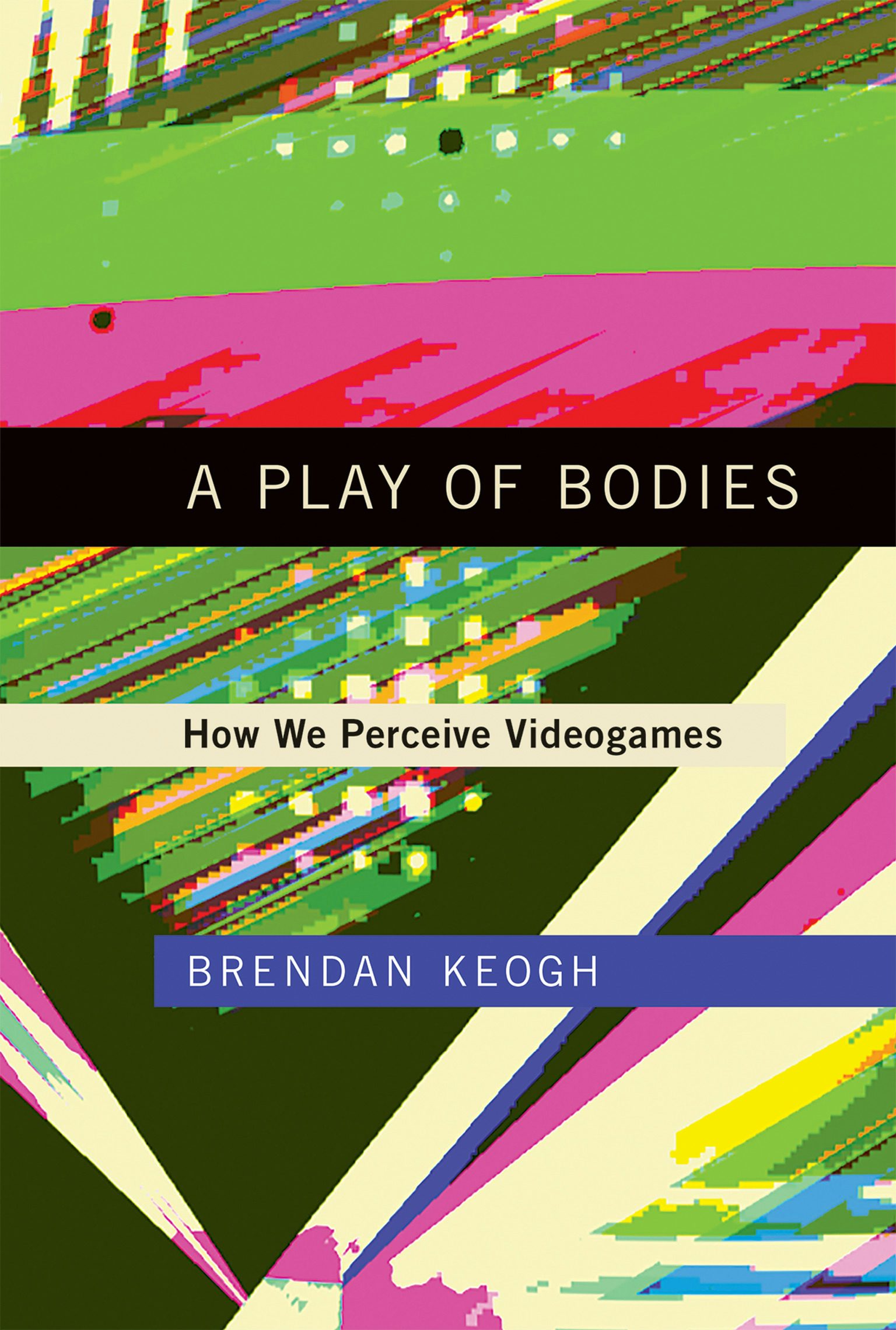Continued from part 8.
As previously examined, the algorithmic coupling of player and technology integrates the avatar into the player's body schema after adaptation to the mappings between physical and logical interfaces. As such, "the avatar... is a tool that extends the self toward the game world via active remappings of the body's boundaries" (Bissonnette 2019 pg. 213).
Can a game be a text? Can we consider a game to be a form of literature?
Text is often used to describe a written body of work which, following literary norms, is read linearly from start to finish, and the words are static and unchanging. Digital games are different almost every time they are played, so there is no single "reading" of a game (much like with hypertext). So, what type of text is a digital game?
Espen Aarseth, editor-in-chief of the journal Game Studies, wrote a breakthrough argument that digital games are a form of ergodic literature, which he defines by how the text is "read:"
"In ergodic literature, nontrivial effort is required to allow the reader to traverse the text" (Aarseth Cybertext 1997 pg. 1).
Ergodic texts include hypertexts, adventure games, and even the I Ching. This definition focuses on the effort required from the viewer in order to understand the work at hand. The reader may fail to acess the "end" of their story. Adapting the concept of ergodicity allows Aarseth to step away from the poorly defined and overused concept of interactivity, which other media scholars were also working to avoid (such as Lev Manovich, "I avoid using the word interaction... I find the concept too broad to be truly useful" (Manovich The Language of New Media 2001 pg. 55)).
If the above texts are ergodic, then typical literature must be nonergodic:
"If ergodic literature is to make sense as a concept, there must also be nonergodic literature, where the effort to traverse the text is trivial, with no extranoematic responsibilities placed on the reader except (for example) eye movement and the periodic or arbitrary turning of pages" (Aarseth 1997 pp. 1-2).
However, ergodicity doesn't explain the presence digital game players feel which is unlike how we experiences with books or movies. We logically understand the separation between our physical self and our on-screen avatar, yet we often speak about playing games as if we committed any in-game actions personally.
"I often speak of the game-playing experience as if 'I' died, 'I' flew off a cliff, 'I' beat my opponent, suggesting a fairly direct identification with the often simplistically rendered figure on the screen" (Henry Jenkins "The Work of Theory in the Age of Digital Transformation" A Companion to Film Theory 1999 pg. 253).
"'I' do not do these actions. 'I' do not jump while playing Tearaway, nor do 'I' fight. 'I' hold a PlayStation Vita videogame device in my hands, and 'I' look at its screen, and 'I' listen to the sounds it produces as 'I' move my thumbs over its buttons and thumbsticks" (Brendan Keogh A Play of Bodies 2018 pg. 1).
How is it that we identify with our on-screen avatars strongly enough that we read their actions as our own? Brendan Keogh asked this question another way:
"How is it we come to convince ourselves that we are 'in' a videogame at all[?]" (Keogh 2018 pg. 5).
 |
| Brendan Keogh A Play of Bodies (2018) |
This becomes the main theme of Keogh's work and he begins with literary critic N. Katherine Hayles' concept of embodied textuality. She defines text as "the rich connections between [a work's] physical properties and the processes that constitute it as something to be read" (Hayles "Print is Flat, Code is Deep" Poetics Today vol. 25 no. 1 2004 pg. 72) and understands that literary analysis needs to evolve in the wake of hypertext and other new forms of textual works possible with digital media. She pushes for critics to consider all forms of text as "embodied entities" and any critique of a text should take its material qualities into consideration (2004 pg. 67).
"Materiality should be understood as existing in complex dynamic interplay with content, coming into focus or fading into the background, depending on what performances the work enacts" (2004 pg. 71).
Hayles calls her technique media-specific analysis (MSA) (2004 pg. 72) and notes, for example, that the specifics of electronic hypertextual media demand cyborg reading practices, or "[splicing] into an integrated circuit with one or more intelligent machines" (2004 pg. 85). The user always interfaces with a text, any text, by embodying the material aspects of that text.
"Materiality... occupies a borderland -- or better, performs as connective tissue -- joining the physical and the mental, the artifact and the user" (2004 pg. 72).
Keogh adapts Hayles' techniques to find the "half of the story" that scholars like Aarseth and others miss when they study games-as-texts. Keogh looks to to a phenomenological understanding of a game as both text and experience (Keogh 2018 pg. 5).
"I work toward a phenomenology of videogame experience that is concerned primarily not with what players do to videogames but with how the lived bodily experience of players is augmented by and part of videogame play" (2018 pg. 6, original emphasis).
This brings us toward an understanding of digital game play as an embodied experience.
To be continued...




No comments:
Post a Comment